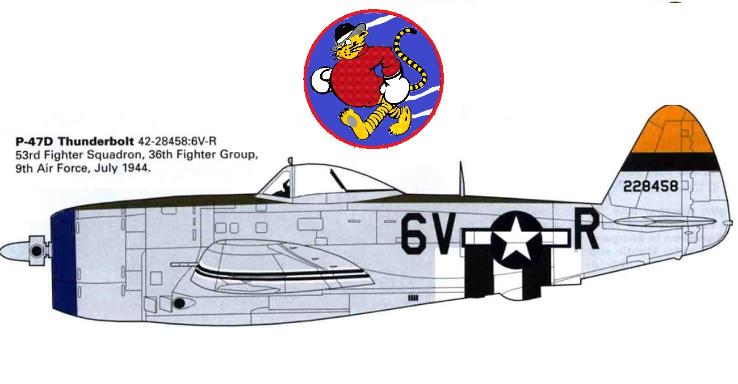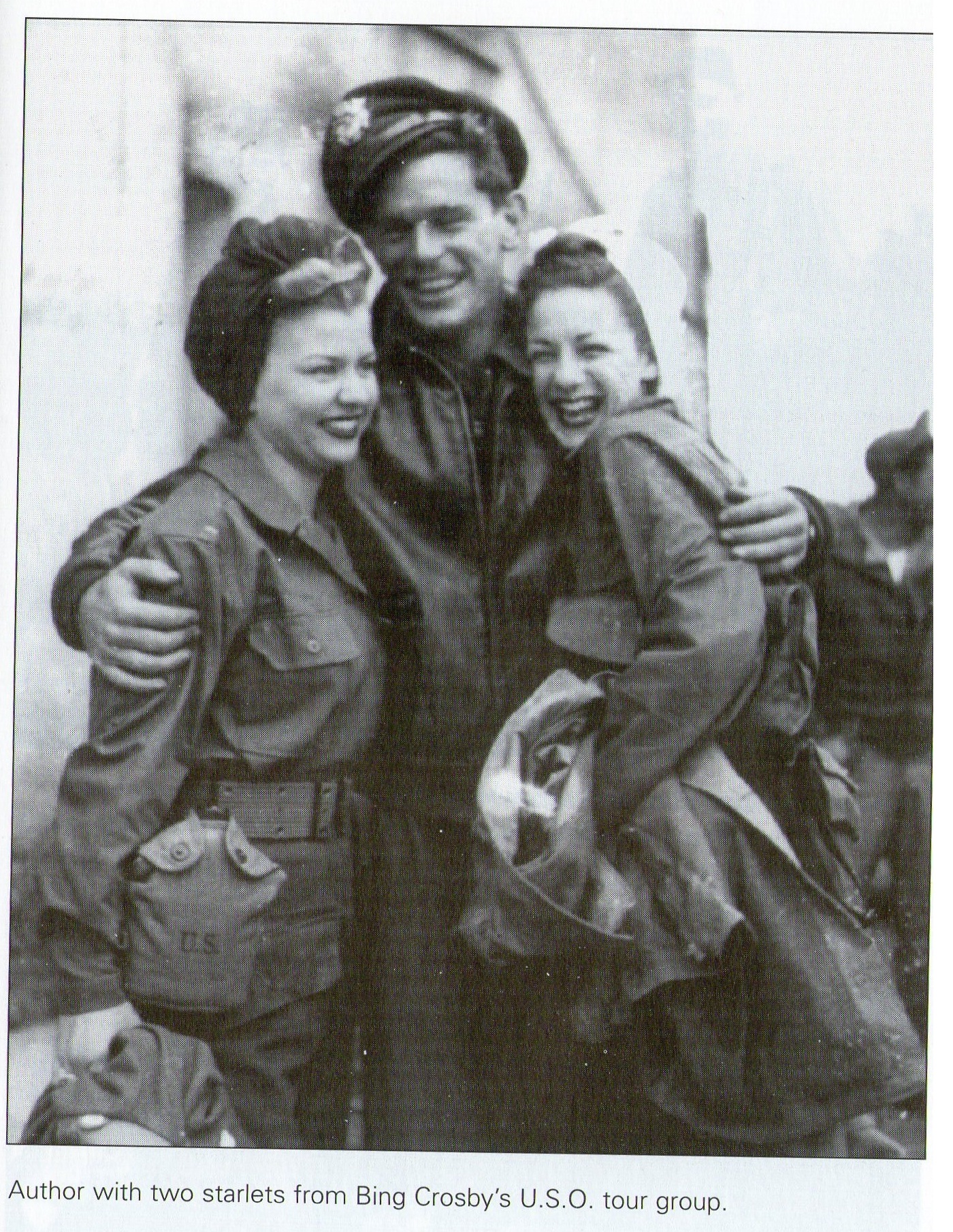Squadron History.
Caribbean Defence.
The Squadron was first activated on the 1st January 1941 as apart of one of three squadrons assigned to the 32nd Pursuit Group as part of the United States buildup of forces after the eruption of World War II. This unit was organized for the most part, from Puerto Rico based units, as were many of the aircraft. It was equipped with a mixture of Curtiss P-40 Warhawks, along with Curtiss P-36A Hawk, Northrop A-17s and at least one Vultee YA-19, After being formed at Albrook Field, Panama Canal Zone, The unit moved to La Chorrea Field on 7th January 1942 after briefly being assigned to France Field on 30th December 1941.
Along with the other Pursuit Squadrons, the 53rd was re-designated as the 53rd Fighter Squadron on the 15th May 1942. During late 1942, three Douglas P-70 night fighters were briefly assigned to the 53rd AS, during this period, it was still considered that there was a strong possibility that a night attack on the Parama Canal might be attempted, and the night fighter defences of the area were nil. The P-70's departed in mid January 1943.
Like a number of other Sixth Air Force fighter units, the 53rd effectively assumed the duties and designation of the 30th Fighter Squadron on the 3rd January 1943. The 30th was at La Chorrcra and the 53rd at France Field at the this "switch" took place. By April-May 1943, the unit was operating with an assortment of aircraft as a result of its "switch" with the 30th FS, which by then included Bell P-39D Aircobras and P-40's.
The unit was reassigned to the United States effective on the 1st June 1943, thus ending its duty with the Sixth Air Force.
European Theatre of Operations.
The 53rd FS was transferred to the III fighter command in June 1943, and began training for deployment to the European Theatre of Operations (ETO) as a P-47 Thunderbolt Fighter-Bomber Squadron. Deployed to England in April 1944 as apart of the 9th Air Force. Initial missions included strafing and dive bombing armored vehicles, trains, bridges, buildings, factories, troop concentrations, gun emplacements, airfields, and other targets in preparation for the invasion of Normandy. The Squadron also flew some escort missions with Eighth Air Force Boeing B-17 Flying Fortress and Consolidated B-24 Liberator strategic bombers.
On D-Day the squadron patrolled the air over the landing zones and by flying close-support and interdiction missions. The squadron then moved to its Advanced landing ground at Brucheville, France in July, then eastward as ground forces advanced on the continent. Operations supported the breakthough at Saint-lo in July and the thrust of U.S Third Army toward Germany in August and September as part of the 303rd Fighter Wing, XIX Tactical Air Command. In October, the squadron moved into Belgium to support the U.S Ninth Army.
The squadron then paticipated in the Battle of the Bulge during December 1944 and January 1945 by flying armed reconnaissance and close support missions. Aided U.S First Army's push across the Roer River in February 1945. Supported operations at the Remagen bridgehead and during the Airborne assault across the Rhine in March.
By V.E Day, the squadron was based at Kassel/Rothwesten airfield, Germany, Where it remained until February 1946 as part of the United states Air Forces in Europe Army of Occupation. In February, the was transfered, without personnel or equipment to Bolling Field, Washington. D.C where it was inactivated as a paper unit.
The Squadron was inactivated on the 31st March 1999.


